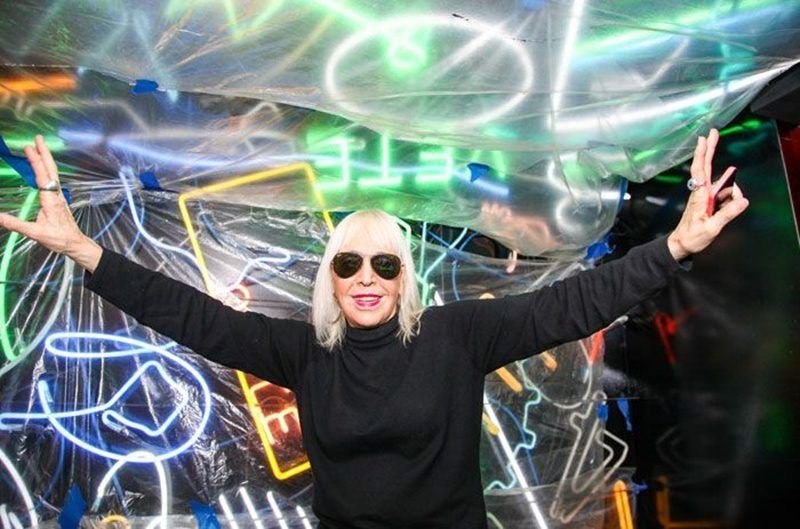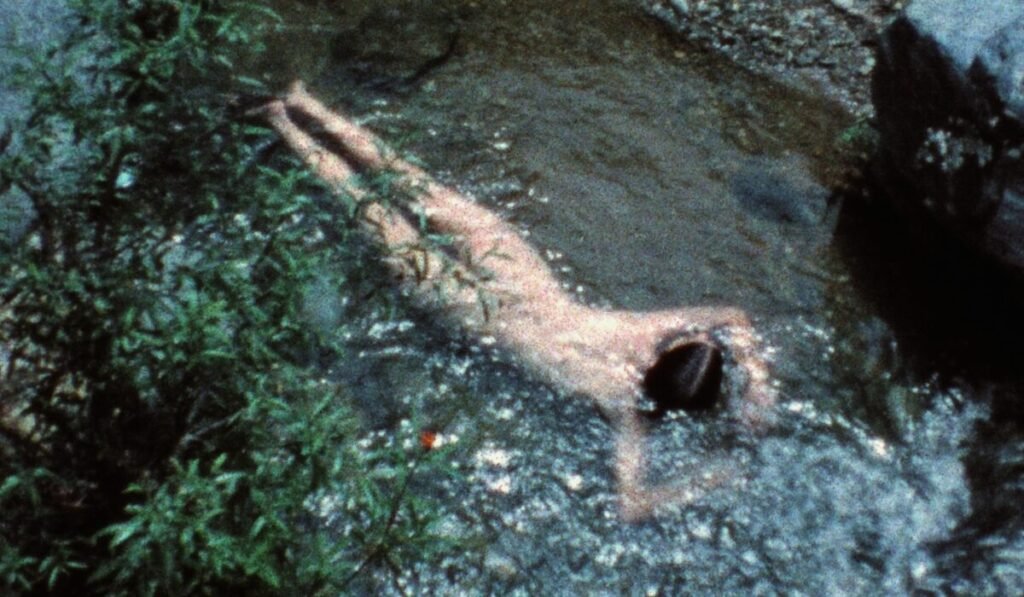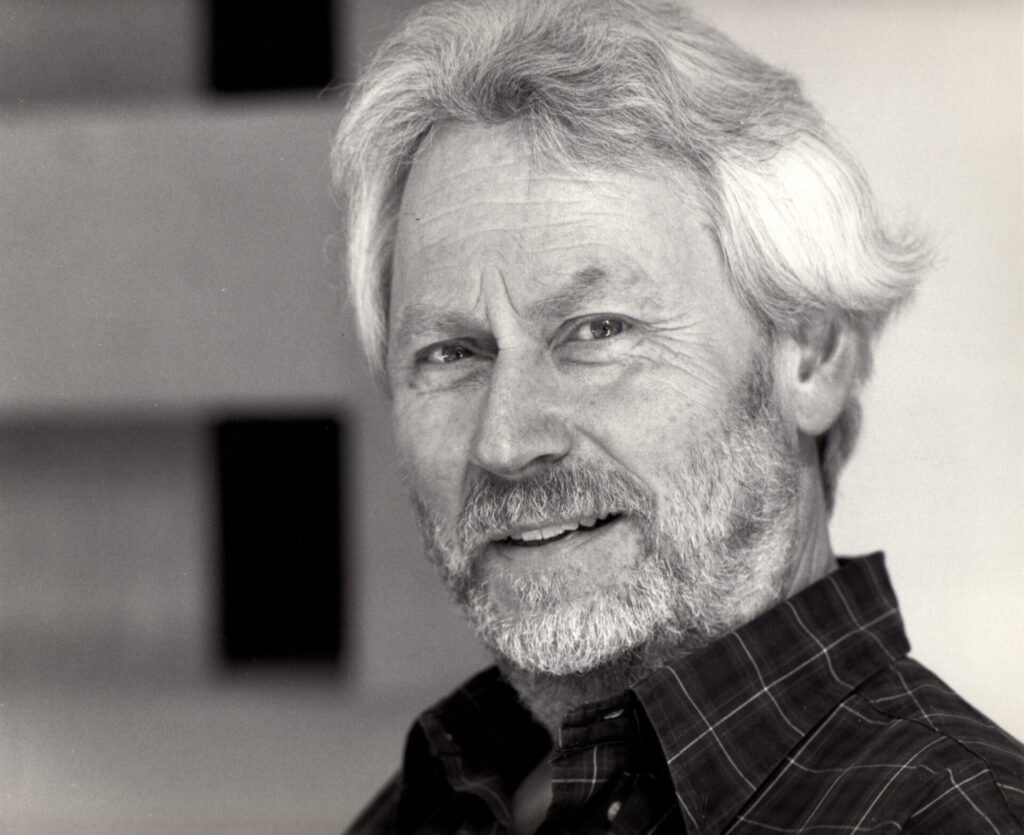Marta Minujín, born in 1943 in Buenos Aires’ San Telmo neighborhood, built a career blurring art, life, spectacle, and political critique.
She studied fine arts and art education in Argentine schools. Minujín quickly became a central figure in the Latin American avant-garde of the 1960s.
From her earliest works, she aimed to subvert traditional exhibition formats. Her approach anticipated the immersive and participatory character that would define her practice.
Marta Minujín: Happenings and innovative installations
In Argentina, her happenings became renowned for inventiveness and audacity. Works such as “Eróticos en technicolor” and “Revuélquese y viva” directly involved the audience. “Cabalgata” brought horses with buckets of paint to turn a live TV program into a radical artistic event. In 1965, together with Rubén Santantonín, she created La Menesunda, a sensory labyrinth.
The work introduced environmental installation in Argentina and became a landmark in contemporary art.

The Parthenon of Books (El Partenón de Libros Prohibidos)
1983 (replicated in 2017)
Site-specific structure in metal, scaffolding, and banned books; dimensions vary according to location
Buenos Aires, Avenida 9 de Julio / Documenta 14, Kassel
From the late 1960s, Marta Minujín split her time between New York and Buenos Aires. She created interactive works with strong technological components, such as the Minuphone, a phone booth surprising users with sounds, images, and projections. Her exploration of art and technology reaffirmed her ability to reinvent artistic languages and experiment with new media.
Iconic works and social intervention
vWith the return of democracy to Argentina in 1983, Minujín created one of her most iconic works: The Parthenon of Books.
Installed on Avenida 9 de Julio in Buenos Aires, it featured a monumental structure covered with thousands of books banned during the dictatorship. At the exhibition’s end, she distributed the books to the public, symbolizing the return of freedom of thought and knowledge.
In the following years, her work kept the same critical humor and intensity. In 1985, she created The Debt, a performance offering ears of corn to Andy Warhol as “payment” for Argentina’s foreign debt. Other parodic works involved replicas of classical monuments, including obelisks, Greco-Roman sculptures, and the Statue of Liberty.
She made them using unexpected materials such as food, fire, or ephemeral structures.
Legacy and current relevance of Marta Minujín
Today, Marta Minujín remains an unavoidable reference in Latin American art. Her works continue to merge art and public action with irreverence, provocation, and generosity. In recent performances, she invites the public to interact in collective experiences, reaffirming her vision that art should be a transformative experience lived together.
Marta Minujín’s career demonstrates how art can be simultaneously critical and festive, political and sensory. Her work occupies a unique place in contemporary art history, transforming spectators into participants and participation into a radical form of art.



